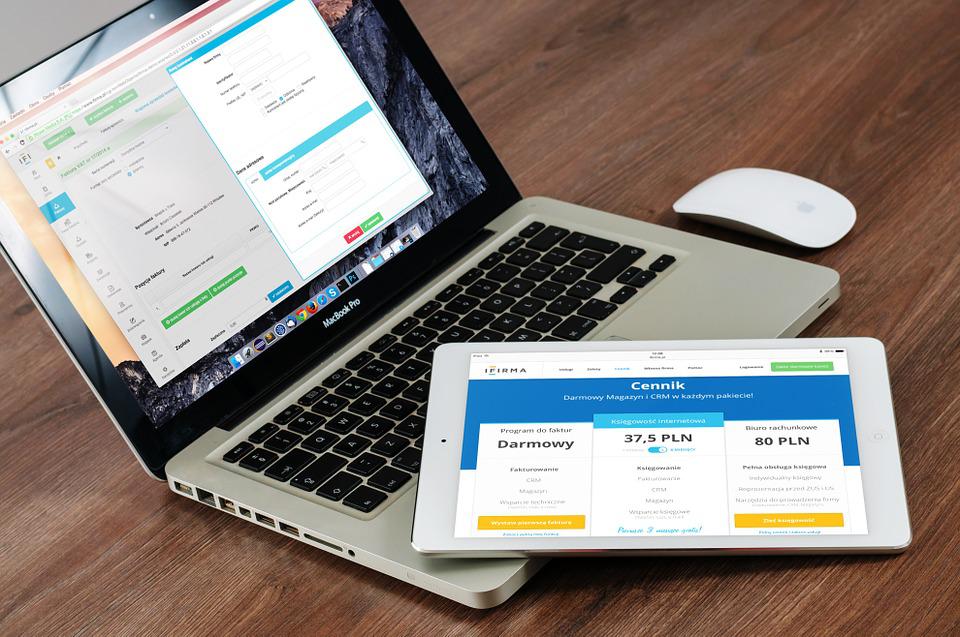
5 Examples for Mobile-First Design Approach
Mobile-first web design is a process that aims to formulate the best user experience for users visiting websites through their smartphones. Website designers, owners, and decision-makers segregate the most crucial elements to present to the visitors. Mobile-first design approach is all about simplicity and minimalism.
The website designers initiate the process by sketching a layout to get an idea of how the website would appear on mobile screens before adapting it to the larger screens such as a desktop. This eases the process of shifting from a straightforward layout and functionality to complex, desktop solutions.
Advantages of mobile-first website
Web pages optimized for smartphones have significantly increased conversion rates and lead generation. Even Google’s algorithm supports mobile-friendly websites. It provides a seamless user experience on mobile, increasing the recognition and discoverability of the website.
Adding to the advantages, mobile-first websites also deliver a better user experience on portable devices. It utilizes the built-in features of the phone as well. Furthermore, mobile-first sites are beneficial financially because they save the money you would have to spend on building other expensive solutions like apps. HR consulting firms can leverage mobile-first design principles to create engaging employee platforms and talent acquisition experiences. These websites attract users’ attention to the core content, enhance reach, and provide easy navigation.
Best Mobile-First Design Approach Examples
Let’s glance at 5 examples of the Mobile-First Design Approach that have an effective mobile design, excellent digital experience, and have set the bars high for the competitors.
Festa de Francofnia
This event industry intends to promote content updates and implement notification techniques. The website uses HTTPS protocol that increases its speed significantly. To some extent, it also uses CSS, HTML, JavaScript and file compression for providing excellent mobile functioning.
To provide a better user experience, the website has used easily readable font size, aesthetic colour contrasts and prioritization of visible content making it cater to the requirements of the users.
The key mobile-first elements that make the website stand out are its geometrical designs, comprehensible and easy menu, fast loading times, and custom animations.
La Teva Web
This web design agency owns a mobile-first website with the PWA best practices. The website prevents application cache and requests geolocation permission on page load.
The website’s attractive feature is its usage of progressive JPEGs. It is a user-friendly website with an appropriate content size, and the size taps have appropriate targets.
Intuitive navigation, mobile-friendly typography, brief Contact Us form, and easily scrollable content are the key features of this mobile-first website.
The Rocks
The Rocks provides an Eat & Drink website with a portal that includes quality imagery, relevant and precise information, and blocks of text introducing blog articles. Big CTAs act as complementary elements to the content as the smaller links would have been complicated to use.
The brand logo links to the homepage, and the navigation menu contains an active section that grabs the viewer’s focus. Freelance developers can attract a wider range of clients by showcasing their mobile-first design skills, as the demand for mobile-optimized websites and apps continues to grow. Any mistakes the users make are immediately highlighted to grab their attention, along with this they are provided appropriate suggestions and instructions for a rectified completion.
The highlighting mobile-first elements of the website are its streamlined and precise menu, easily recognizable image size, brief content, and bold CTAs.
Inventure (Age of Pythia)
This revolutionary website is completely mobile-friendly, with outstanding CTAs, legible size of the font, appealing colour combinations, and appropriate content size with regard to mobile screens.
The website is safe, loads quickly, and uses HTTPS protocol which enhances reach and visibility on the search engines. The website’s unique design includes animations in the background and parallax scrolling that don’t interrupt the loading times of the website.
The fast page load speed, compressed images, parallax scroller, and minimal written content just as per the requirements are the highlighting mobile-first features of the website.
International Energy Agency
The website has placed the user profile, search and menu at the top along with its logo opening and signifying their abilities with a single touch. Mobile-first design principles ensure seamless user experiences for IoT applications accessed through smartphones and tablets. It has a single column layout enabling scrolling for reading the various blog articles. This feature enhances the usability of the website.
The visitors are presented with big headlines against superior quality photography and CTA links opening the desired content.
There’s a hamburger menu with additional content that is easily reachable, good quality images that are compressed for rapid speed of the site, easily recognizable headlines and taglines, and the one-column layout that makes the website prominent.
Conclusion
The mobile-first designs intend to deliver the best user experience by providing an app-like user interface, large readable fonts, visible CTAs, fast downloading speed, optimized graphics, and much more.
With the pace at which mobile technology is developing, smartphones and their browser will begin using built-in features such as camera, voice detection and haptic feedback more significantly.
This technological advancement will put the mobile-first approach in a prominent position. The businesses will utilize it to give tough competition to their rivals directing the traffic towards them and increasing leads.
Author’s Bio:
Isha Sachdeva is a young entrepreneur aiming to bring a digital transformation for the brands and the customers.